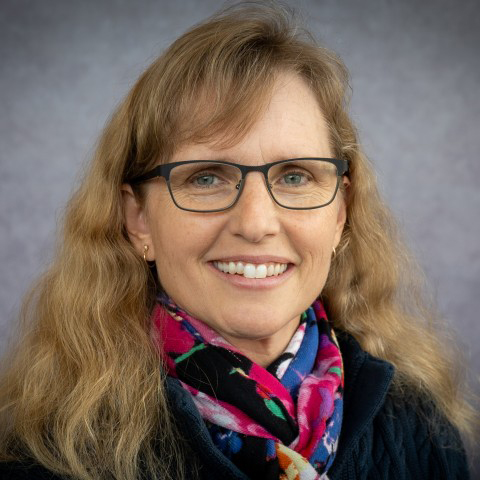Session guidance
A case preview and case questions are released before each case. This allows each student to come to the first session prepared to actively engage with the case and in clinical reasoning.
Housekeeping
- We encourage regular check-ins on group dynamics—what is working and what is not?
- Students may consider rotating specific roles among themselves each week. Possible student roles:
-
Case Leader
Organizes the group, sets an agenda, and encourages active participation for all throughout the session. This is a good opportunity to practice leadership skills which are essential for physicians.
-
Time Keeper
Helps the group accomplish the day's activities in a timely manner.
-
Case projector
Projects the case onto the classroom screen and pulls up relevant images/videos as needed.
-
Learning Gap Recorder
Records questions and knowledge gaps that come up during the case that need further self-directed learning. This list can be finalized by the team at the end of the session.
-
White board writer
Records information on the white board (e.g., formulating a broad differential diagnosis and then refining it as the case progresses) and diagrams details that the group is reviewing (e.g., physiology and pathophysiology concepts).
-
Note-Taker
Records relevant details of the discussion of the case so that all students can refer to these details later.
-
Motivator
Motivates the group to press deeper into understanding to help solidify concepts or to prepare for standardized testing. This person may bring content from related large group sessions or multiple-choice questions to solidify knowledge.
-
Oral presenter
For every case, one student should prepare an oral presentation so that this important skill is practiced regularly in this safe space. It is important to help each other improve on presenting relevant history, physical exam findings, and investigation facts that logically flow toward an assessment and plan for next steps.
Note
Students may assign other roles, and they may create a rotation that ensures every student has an opportunity to serve in each role.
- Start with the case preview ensuring that the answers to the associated questions are agreed upon by all team members. Students should work together to correct any misunderstandings prior to starting the case.
- The case should be read aloud, page by page. This activity can be performed by one student or shared by many.
- Students pause after each page to answer student questions, identify key information that would be presented in an oral presentation, and identify knowledge gaps.
- It is expected that all group learning issues and case questions are researched by each member of the group; one individual may explain the answer, but all group members are expected to have researched on their own to contribute to the discussion in an effective way. This approach will ensure that every student is prepared for the case questions that will be on the monthly knowledge assessment.
- Students agree to a most-likely diagnosis before the diagnosis is revealed in the case.
- Facilitators may ask questions to help direct learning and the selection of plausible diagnoses to ensure that students achieve the learning outcomes associated with the case.
- Students cite the literature they use during self-directed learning (SDL) time when they answer questions.
- Students have:
- Closed the knowledge gaps collaboratively.
- Practiced an oral presentation of the relevant details of the case in a timely and logical manner.
- Provided professional feedback to peers.
- Reviewed the case objectives to ensure that every student has achieved every objective.
- Regarding group dynamics, students must provide feedback to one another.
- Students identify what is working well and what needs improvement in their group processes and then they work together to make necessary changes.
- Facilitators may offer additional observations to facilitate growth in teamwork.
As student skills in the activities of CBL gradually improve and become more sophisticated, students take more responsibility for their learning. Students will facilitate most of the Wednesday sessions independently; they will work through the case without a facilitator. At the subsequent CBL session, the facilitator will ask questions related to the topics covered when the students worked independently to ensure solid understanding.
The frequent change of facilitator for CBL in the second year (every 6 weeks) provides an intentional opportunity for students to become adept at quickly adapting to new groups and continuing to contribute in a positive way to team dynamics. This skill is important preparation for the clerkship years.

